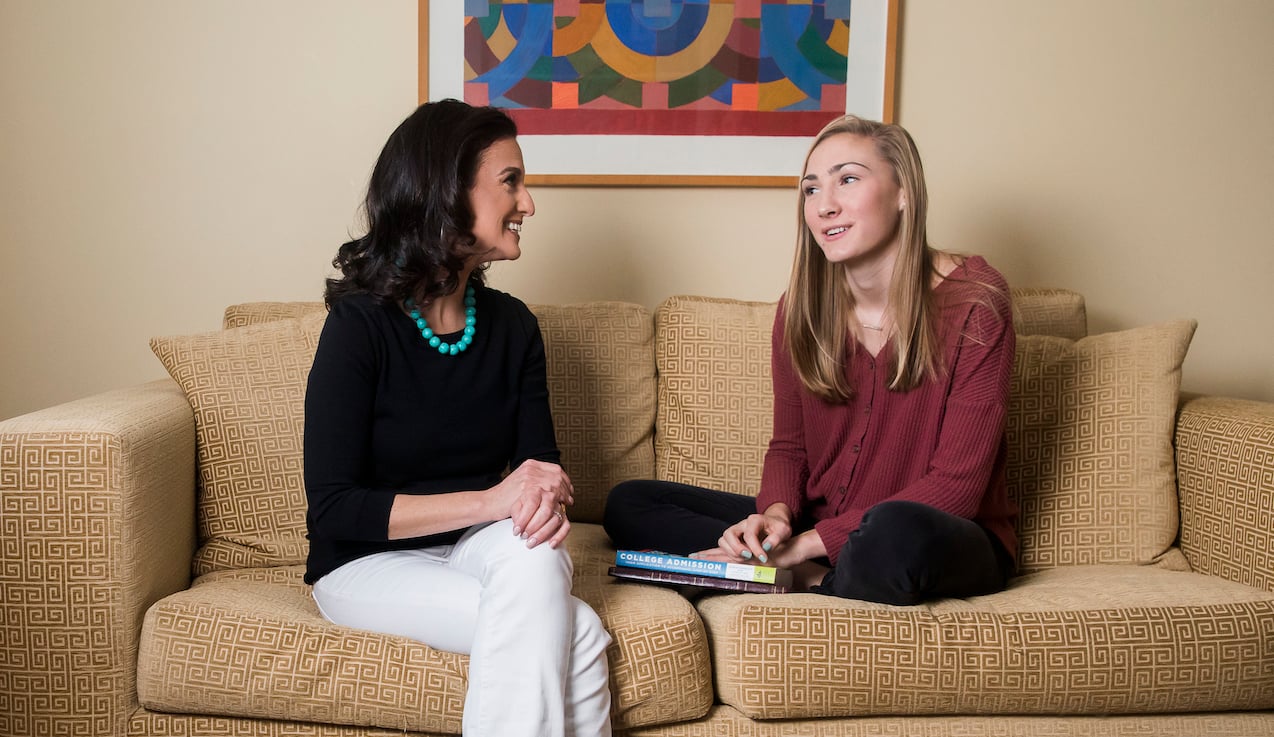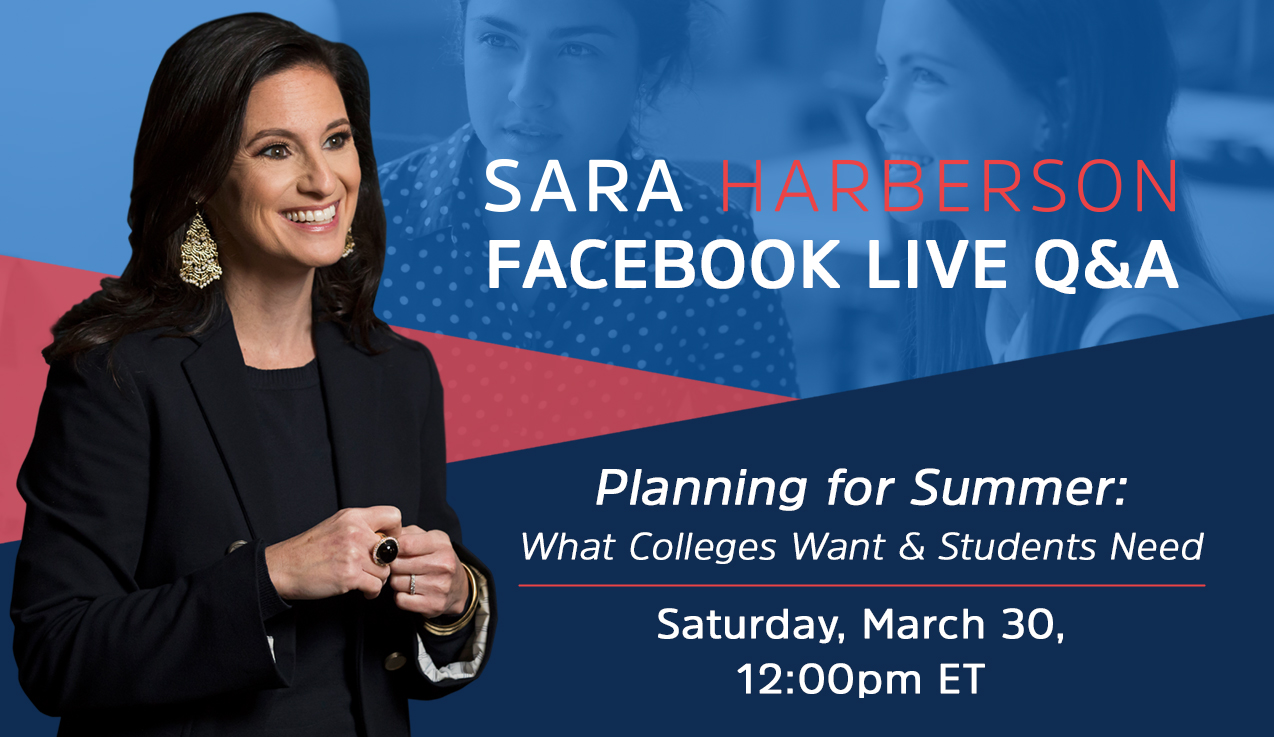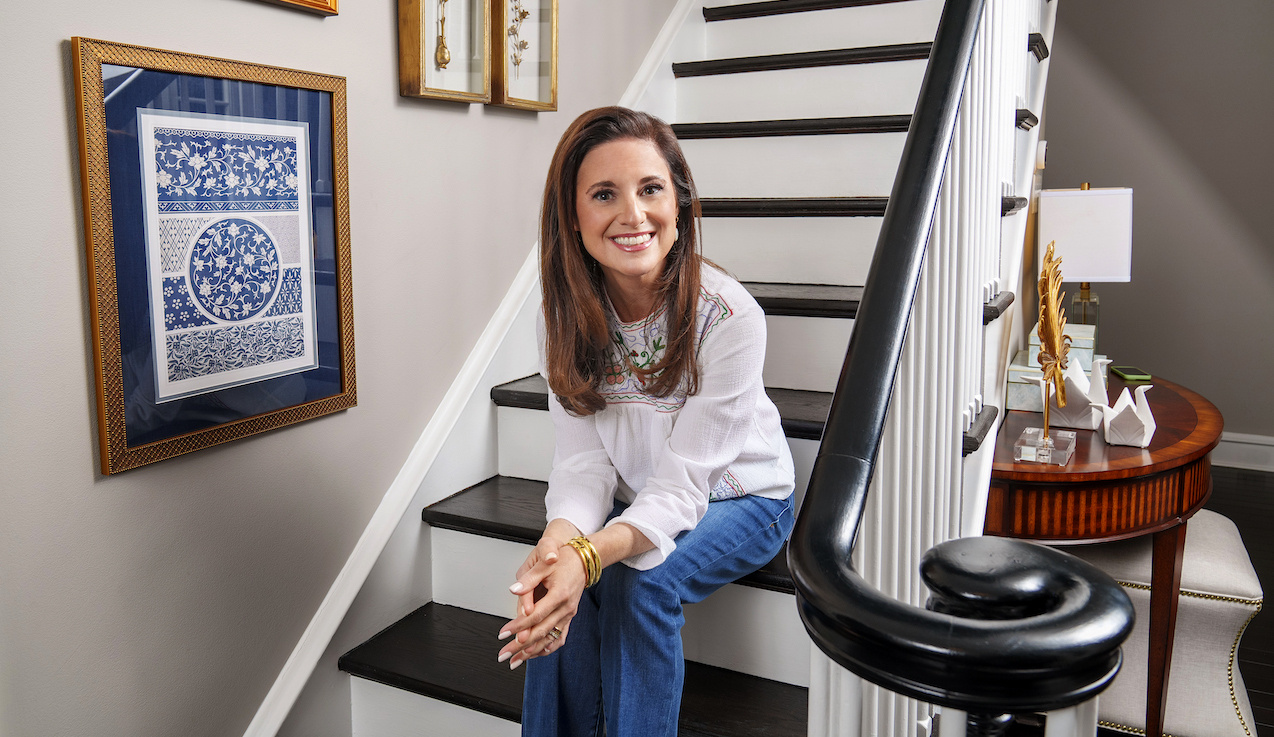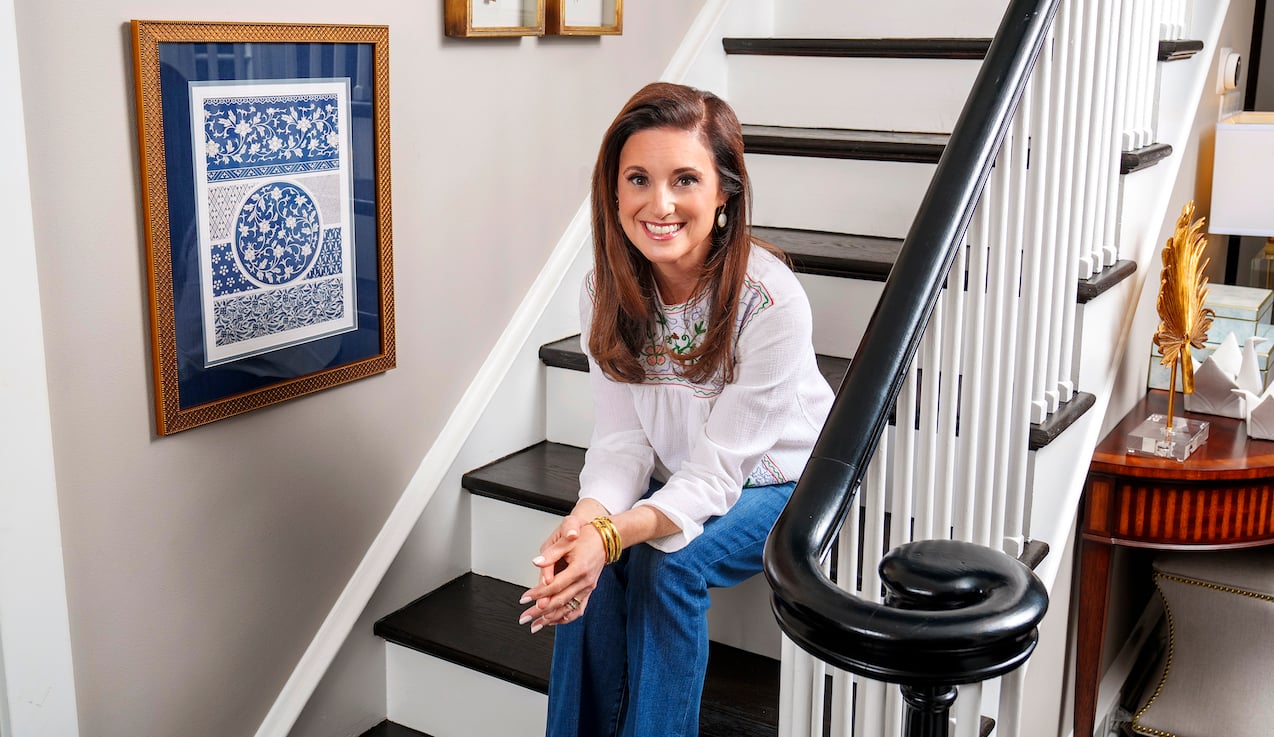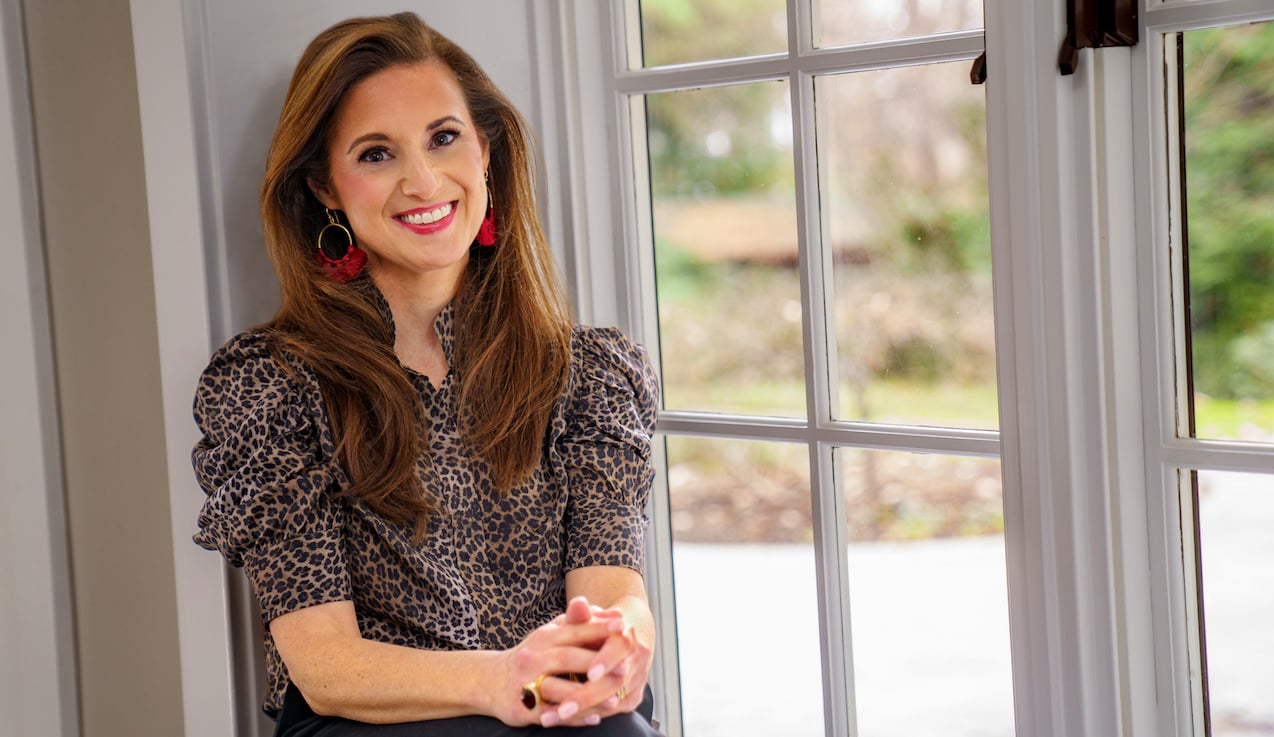Just imagine if you were the Dean of Admissions at the University of Southern California right now. He probably feels more pressure than even our kids do staring down AP exams and finals in the coming weeks and months. When a college's reputation is on the line, the Office of Undergraduate Admissions is responsible for delivering a miracle. Despite the bad press, they still have to bring in a freshman class on target.
That means if the college is expecting 1,000 students in the incoming class, that's exactly how many students must enroll in order for the college to maintain financial stability. Anything less than that could result in the dean losing their job. That is why colleges use the waitlist even if they have been spared by a public relations disaster.
This year's college admissions cycle is full of uncertainty on the part of colleges due to shifting Early Action plans, more applications than ever before, and enrollment models that no longer predict enrollment like they used to. The only way for deans to protect their jobs is to create a waitlist of students who could be admitted at the drop of a hat if not enough students accept their initial round of admissions offers.
Read Sara's op-ed for the Los Angeles Times
Colleges need to start disclosing all their admissions data to the public
Never before have we seen so many students getting waitlisted at every college than this year. Here is what colleges don't tell you about the waitlist and what you need to know:
1. Some colleges waitlist thousands of students each year.
The list is so long that they could literally fill their entire freshman class over and over again just from the waitlist. Why? The waitlist is fueled by fear and public backlash. Not only are deans afraid they may not meet their enrollment target, they also worry about what kind of message it sends when they deny good, regular kids. Waitlisting them instead is a way to signal that the student was competitive, but that they just ran out of room.
2. Colleges don't like to share how many students they waitlist in a given year, but sometimes you can find out.
Check out a college's Common Data Set and you will find a section listed "Freshman Waitlisted Students." This is where colleges are supposed to share how many students were placed on the waitlist, how many students accepted a spot on the waitlist, and how many were admitted in a given year. The University of Michigan is brutally honest. They indicate that last year they placed 14,783 students on their waitlist, 6000 accepted a spot on the waitlist, and the University admitted 415 of them. However, Northeastern refuses to answer this question on the Common Data Set leaving students to wonder what their chances are this year.
3. If you accepted a spot on a waitlist, you might get an unexpected phone call or email out of the blue from your admissions officer anytime between the end of April and mid-May.
This is called pre-qualification. Colleges reach out to students on the waitlist to gauge their interest in the institution BEFORE they admit them. If a college knows they need to use the waitlist, they have to be very careful not to raise their admit rate too much or risk their yield rate going down with a waitlist student. The admissions officer will ask the student point-blank if they will enroll if admitted off the waitlist. Oftentimes, they make the student respond on the spot or within 24 hours before moving on to a new student on the waitlist.READ MORE: How to Increase Your Chances of Admission from the Waitlist
4. Students who don't need financial aid on the waitlist are often at an advantage even for a college which claims to be need-blind in their admissions process.
This is a dirty little secret that some colleges don't often share. By the time they turn to their waitlist, they often don't have any financial aid budget left. As a result, these colleges will only admit students who can pay the full freight.
5. The student's counselor of record can contact the admissions officer for more insight.
Sometimes the admissions officer is not only willing to speak to the student's counselor, but is more candid at this point in the process. They might share how likely the student's chances are in getting off the waitlist or what the student can do.6. Some colleges want a lot of communication from waitlisted students and others only want the bare minimum.
Wake Forest University likes when a waitlisted student reaches out to them and lets them know how much they want to get admitted, while Carnegie Mellon states explicitly in their waitlist decision letter not to send in extra materials. The only way to find out what colleges want is to hear it straight from them. If the college doesn't make it clear on their website or waitlist decision letter, the student should contact the admissions office to find out how much or how little they should communicate."If a college has waitlisted you, first contact the admissions office to see if they want to hear from you." TWEET THIS
7. Students must accept a spot on the waitlist if they want to have a chance of getting admitted.
Colleges will provide instructions on how to do this in the waitlist decision letter, but many students don't read it carefully or choose to simply move on with their other choices.8. The moment one college begins to use their waitlist, every college can be impacted like a game of dominoes.
For example, if a student already sent in an enrollment deposit to "College A" by May 1st but then finds out from "College B" that they were admitted off the waitlist, that student could choose to forgo "College A" and their original deposit and end up enrolling at "College B." Then "College A" must admit a student to fill that spot in the freshman class from their waitlist. Just like that, another college will lose a student and must also use their waitlist to fill that spot. The ripple effects in the waitlist process are enormous.9. Powerful letters of interest from the student can make a difference.
I have been the recipient of some wonderful letters from waitlisted students when I was an admissions officer, associate dean, and dean. The letters that personally moved me translated into a higher likelihood that the student who wrote it would be admitted if there was room in the class.READ MORE: How to Write the Best Waitlist Follow-up Letter Ever
10. Be careful about showing up on campus as a waitlisted student.
Admissions officers typically don't like when waitlisted students do this as it puts them on the spot at a time when they are not sure the waitlist will get used. If they want to meet or speak to you, they will contact you.This year feels very different. It is the "Year of the Waitlist." I have seen colleges weather a PR storm unscathed when it comes to enrollment, while other colleges who saw huge application increases scramble at the last minute to meet their enrollment targets. Students should be ready for anything in the coming weeks. The strongest position to be in is to have a spot secured for next year no matter what. Let those colleges come crawling to you and be ready when they do.


